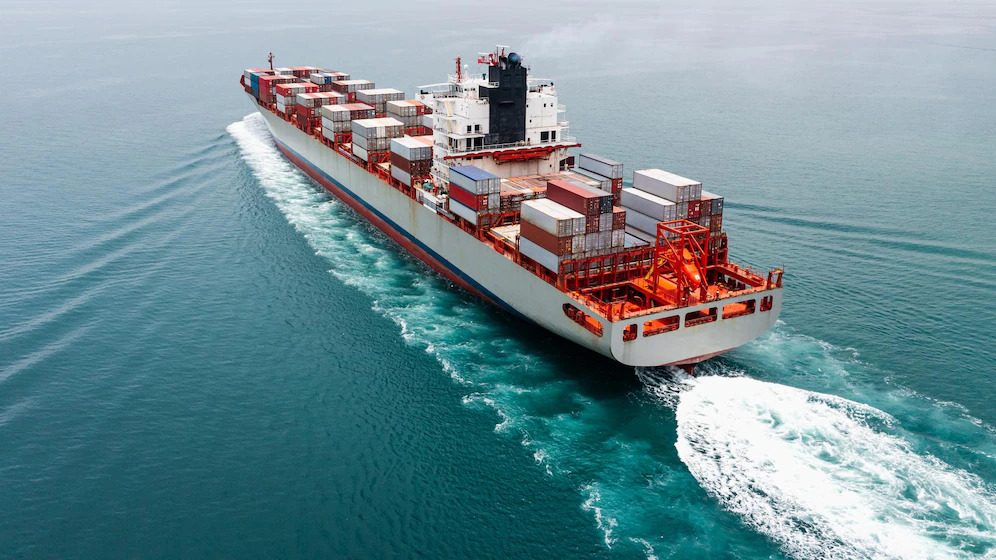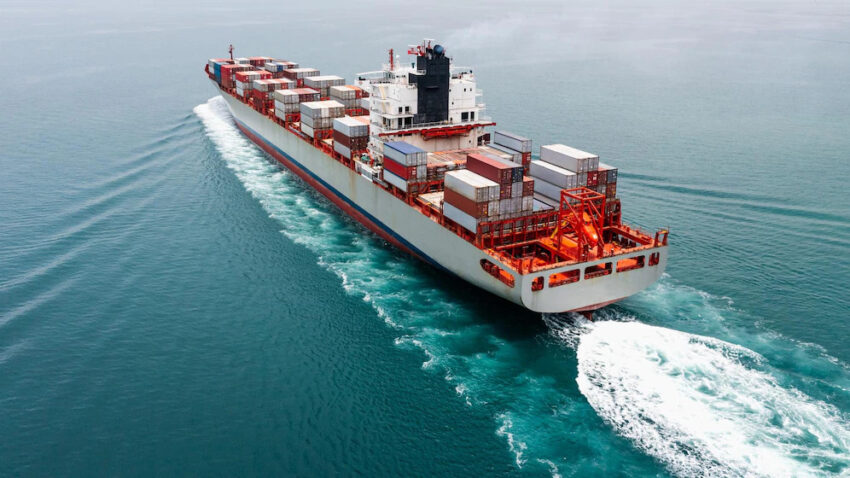The transportation and logistics industry in China has been thriving for the last few years. As per a report from Research and Markets, the transportation and logistics industry in this country will continue to expand at a CAGR of over 6% between 2022 to 2027. The pandemic has only accelerated the growth of the Chinese logistics market which was already advancing at a considerable rate. Today we will talk about the rise of China as one of the leaders in the global logistics industry by touching upon a few points regarding the trends of the logistics market in this country.

How China is emerging as one of the world leaders in the transportation and logistics industry
China is gradually coming up as one of the strongest players in global transportation and logistics thanks to factors such as government regulations, a fantastic infrastructure of road, rail, and transportation, a wide network of warehousing and storage facilities, and a strong IT infrastructure. The Asia-Pacific region has come to play a leading role in the international freight forwarding market even before the pandemic started. This region has a market size of 2425.91 billion Euros and China is undoubtedly the largest contributor in this region. Let’s take a quick look at some of the trends in the logistics market in China.
-
A thriving e-commerce industry
The meteoric rise of the e-commerce industry in China has opened up a new era for the country’s economy. According to a report from Statista, even two years back, China’s e-commerce economy made up over 38% of its GDP. Moreover, in 2020, almost one fourth of Chinese products were available online. This figure is way above the international average of 18%. Last year, Chinese products constituted over half of the globe’s e-commerce retail sales. Presently, this country has the world’s largest online buyer population on the planet constituting over 780 million people. The presence of a booming e-commerce sector naturally boosts the freight forwarding industry in China.
The top Chinese e-commerce companies like JD.com, NetEase, and Alibaba have also started expanding their customer base in other countries. The rising demand for online products has prompted e-commerce companies to seek an effective delivery solution in the form of the 3PL companies. This is allowing the sellers to focus on their business while leaving the task of delivery to the 3PL service providers.
-
Mergers are leading to increased profits for the freight forwarders
The freight forwarding companies and third-party logistics providers are finding new ways to increase their profits. For instance, many of them are boosting their long-term capability by moving toward omnichannel integration and embracing digitization. Additionally, in December 2021, we have seen the birth of China Logistics Group which was created by the merger of five government-owned companies. These companies are China Logistics, China National Materials Storage and Transportation, CTS International Logistics, China Railway Materials Group, and China National Packaging. With a registered capital of $4.7 billion, this company has come up as one of the biggest players in the Chinese logistics market.
Similarly, other players in this industry are also trying to expand their capacity by mergers. For example, Cainiao Smart Logistics Network Ltd (launched by Alibaba group) has purchased 15% shares in Air China Cargo in 2021. Additionally, they have also teamed up with Atlas Air and LATAM Airlines. Chinese multinational delivery service SF Holding has bought a majority stake in Kerry Logistics and also significantly expanded its fleet size.
This trend has prompted the international players to acquire the local Chinese logistics companies. Maersk for example has purchased Hong Kong based contract logistics firm LF Logistics to upgrade its omnichannel fulfillment capacity in the Asia Pacific. Recently, Kuehne+Nagel took over leading Asian air freight company Apex to better place itself in the Asian freight forwarding sector.
-
Government initiatives are reinforcing the Chinese logistics industry
The Chinese government is making massive investments in the development of infrastructure in the country. The implementation of the Belt and Road Initiative is also paving the path to making China the world leader in the transportation and logistics industry. Additionally, the BRI is also making China the provider of logistics infrastructure and technology for other countries. Moreover, the government has considerably strengthened the rail freight sector. The China Railway Express has made available numerous trains to move cargo from China to Europe. All these government initiatives make it abundantly clear that the government is willing to establish the country as one of the leaders in the international logistics sector.
-
A highly competitive landscape
The Chinese freight and logistics sector is a highly competitive and fragmented one where the players include foreign multinationals, Chinese logistics companies, and Chinese transportation firms. The most important companies operating in China and competing for a larger share of the customer base include UPS, DB Schenker, XPO Logistics, CEVA Logistics, DHL, Yusen Logistics, FedEx Corp, Sinotrans and CSC, International Logistics Group, COSCO, SF Express, Jizhong Energy, Kuehne + Nagel, Xiamen Xiangyu Group, etc.
-
Digitization of freight forwarding operations
Independent freight forwarders in China are also expanding their businesses faster by opting for digital transformation. Technology is enabling them to serve niche segments and remote locations. Additionally, the top digital freight forwarding companies of our times such as Flexport, Freightos, Cogoport, Freighthub, Twill, etc have also made their entry into the Chinese logistics scenario. As per a report from Mordor Intelligence, the Chinese digital freight forwarding market will keep expanding at a CAGR of over 24% from 2022 to 2027. More importantly, the small and independent freight forwarders will witness a greater growth rate than the medium-sized logistics companies over the next few years. However, in order to do this, they need to keep up with the digital trend and start digitizing every aspect of their services.


